There is a green hill far away called Taize

This overgrown path takes us from England through Holland, Belgium, Luxembourg and France, to the vineyards of Burgundy and on past Cluny where a spiritual revolution started a thousand years ago. Our destination is a modest village on a hilltop eight miles beyond Cluny where another spiritual revolution is happening, and where the photographs in this article were taken a few weeks ago.
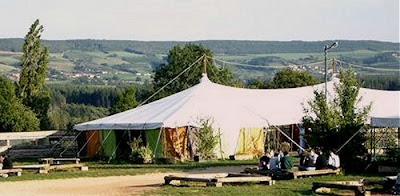
Brother Roger arrived alone in the Taizé in August 1940, at the age of 25. His mission was to create a community where reconciliation would become a living reality every day. He set out to do this during one of the most troubled times in modern history. As World War II raged Brother Roger started to give shelter to refugees, notably Jews, and finally had to return to Switzerland to escape the attention of the Nazi sympathising authorities.
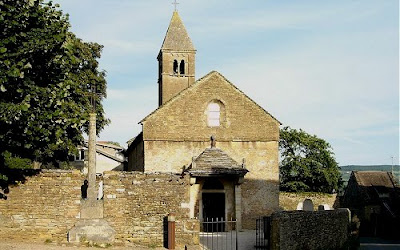
At the end of the war Brother Roger returned to Taizé, and in the intervening sixty years the ecumenical Community has grown in size and influence during a time when other religious groups have seen their memberships decline significantly. In the early years the Taizé brothers came from different Protestant backgrounds, but Catholic brothers soon joined the Community, and today more than one hundred brothers come from over twenty-five different countries.

The distinguishing feature of Taizé, in a world where religion continues to lose influence, is the appeal of Taizé to young people. Hundreds of thousands of youngsters have made the pilgrimage to the remote hilltop in France, and as many as six thousand can be in the tiny village at any one time. Music and song are at the heart of Taizé, and the Community's songbook says: 'Song is one of the most essential elements of worship. Short chants, repeated again and again, give it a meditative character. Using just a few words . . . they express a basic reality of faith, quickly grasped by the mind.' The music, with its echoes of Gregorian Chant and Lutheran Chorales, has already featured here, and is constantly being expanded by new compositions which reflect the international appeal of the Community through the use of languages such as Portuguese, Lithuanian, Swedish and Russian.

For a moment park your preconceptions about established religion. A revolution started by young people on the university campuses in the 1960s was the catalyst for removing the inequalities of gender, sexual preference and race. A revolution started by young people in Leipzig in 1989 precipitated the demolition of the Berlin Wall and ended three decades of ruthless political oppression and denial of human rights. All the signs in September 2006 were that another revolution is gathering momentum on a hilltop in Burgundy.
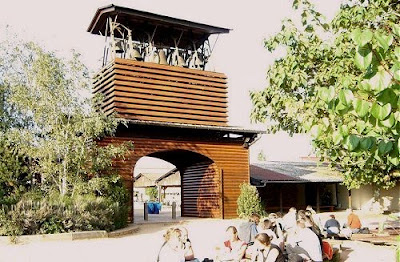
The ninety year old Brother Roger died in August 2005 after being attacked during evening prayer in the Church of Reconciliation in Taizé. His successor had been chosen before this tragic event, and under the leadership of Brother Alois, a Catholic born in Germany, the Community continues to flourish. Two years before his death Brother Roger was asked what was the mystery of Taizé, could he explain it? He replied: 'It's a question I never ask myself. What we are living, especially with the young people, continues to astonish us. Why do they come in such numbers to Taizé or to the meetings we prepare elsewhere? We will understand fully when we are in the life of eternity. With my brothers, we ask God above all that we may understand what simplicity means, simplicity of heart, and simplicity of life.'
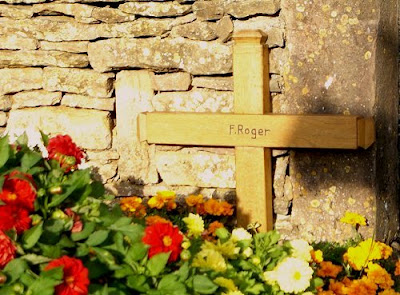
'There is discrimination in this world, and slavery, and slaughter and starvation. The answer is to rely upon youth - not a time of life but a state of mind, a temple of will, a quality of imagination, a predominance of courage over timidity' - Robert Kennedy
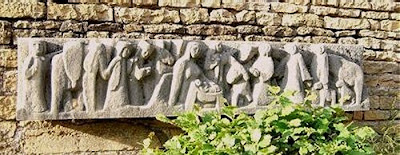
'What overwhems me when I come to Taizé is to enter the enormous Church of Reconciliation and to see those thousands of faces, those thousands of different expressions. Why is it that every year thousands upon thousands of young people from all the five continents keep arriving in Taizé in an uninterrupted pilgrimage, week after week? Young people have an extraordinary thirst for the absolute. And it is sure that nowadays many of them make visits to monasteries. Why is this? Is it because they are looking for God? What they find in monasteries is above all a sense of mystery, of peace and of depth, in fact of everything that is lacking in the societies where we live. I remember once meeting the great film director Andrei Tarkovski, who said: "The challenge for our age is to let humanity remain a question; to avoid thinking that everything is explainable." It is very important that there should be people and places and actions which ask the question of the mystery of life, the mystery of God' - Olivier Clément, French writer, theologian and member of the Russian Orthodox Church writing in Taizé, A Meaning To Life.
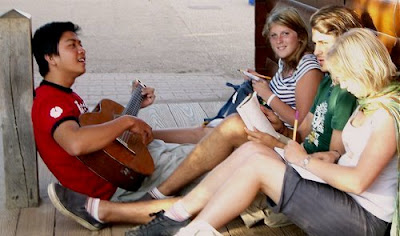
* MP3 audio files of Taizé music can be downloaded from Taizé.fr
* There are many commercial recordings of Taizé music available. The Songs of Taizé (now deleted) on Naive is recommended for its 60 page illustrated booklet with meditations by Brother Roger. Also recommended is the Auvidis CD Cantate (T 505) which contains fifteen Taizé works by Jacques Berthier. Also recommended is the 2006 release Christe Lux Mundi which features recent Taizé compositions
* All photographs taken on the green hill of Taizé in September 2006 and are (c) On An Overgrown Path. With thanks to the young pilgrims who gave their permission to be photographed for this article. Working from the top down photo 2 shows the pilgrims tents and the view across the valley, photo 3 is the twelth century village church, photo 4 is the Church of Reconciliation, photo 6 is the entrance to the Community, and photo 8 is Father Roger's modest grave outside the village church; for more moving photos follow this link.
Also on Facebook and Twitter. All photos (c) On An Overgrown Path 2006. Report broken links, missing images and errors to - overgrownpath at hotmail dot co dot uk





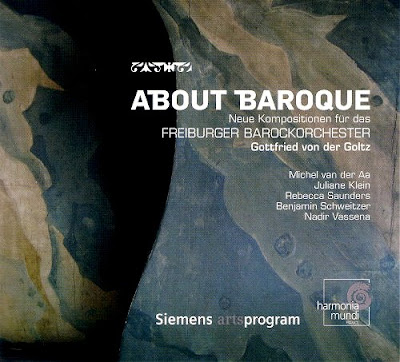



Comments
By the way, I have taken quite a similar photo to yours.
Take a look.
I was there in the mid seventies & still feeling good about it.
(maybe because i also fell in love there :-) )